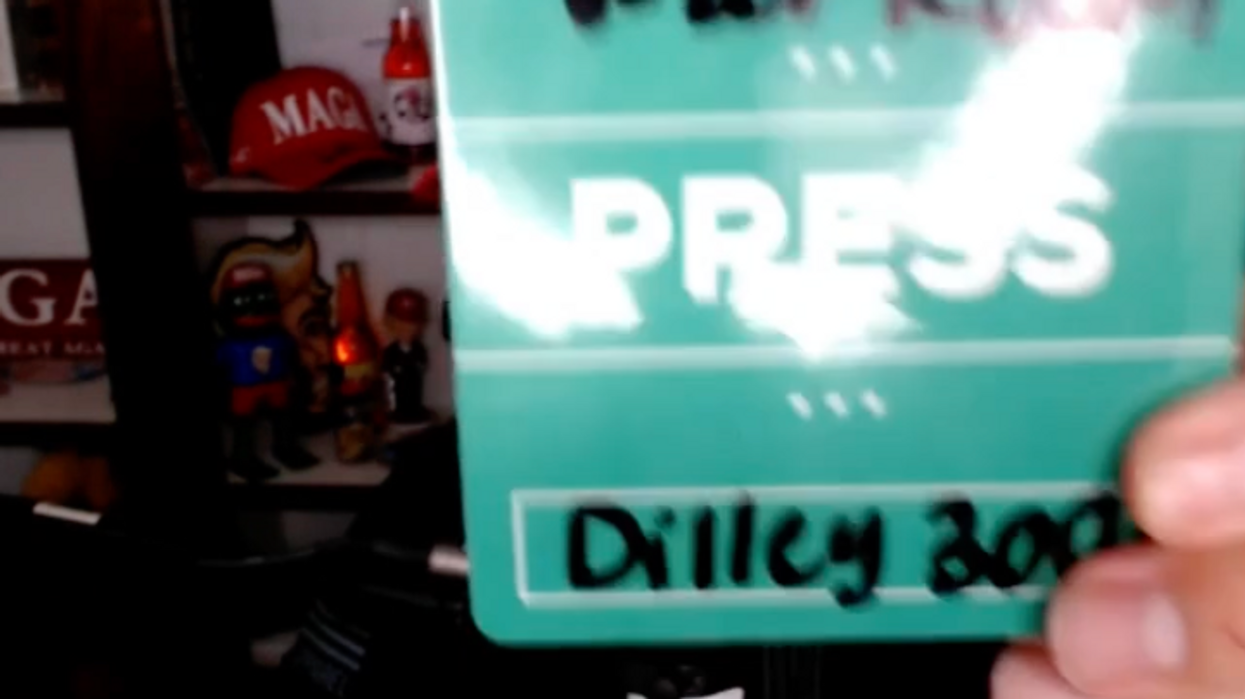
The thing might be funny, except that somebody died. That part isn’t funny at all. But the rest of it, the moments before Justin Valdez was killed, read like some twisted skit on Saturday Night Live.
You have to get the picture as captured on surveillance video and described by authorities in a story published last week by the San Francisco Chronicle. You have to see the suspect, 30-year-old Nikhom Thephakaysone, sitting on the light-rail train, pulling out his .45-caliber pistol, pointing it across the aisle, putting it back, pulling it out several times again, and at one point wiping his nose with the hand holding the gun — and nobody notices because they’re too busy staring down at their smartphones and tablet computers. We’re talking about a train crowded with commuters and this guy is waving a gun around but nobody sees him, so engrossed are they in texting, tweeting and playing Angry Birds.
Finally, according to police, Thephakaysone shot Valdez in the back of the head as the 20-year-old college student was exiting the train. That got people’s attention. Indeed, the apparently random Sept. 23 tragedy has rocked the Bay Area. It ought to rock the whole country.
In the murder of Justin Valdez and the bizarre scenario leading up to it, we find fresh, albeit bloody, evidence of how social media and high technology have changed us. These devices and new platforms of communication were supposed to allow us to be better-connected to one another. Take this murder as Exhibit A for the argument that they actually do the opposite.
Granted, they provide a link to someone who is not there, but it is at the cost of separation from someone who is. Next time you’re on a plane waiting for takeoff, next time you’re on public transit, next time you’re in a restaurant, count all the eyes fixed to all the screens, all the ears stuffed with tiny white buds, all the spaces that once would have been filled with casual conversation and eye contact, now filled by the silence of people who are not there, people who occupy the same place at the same time worlds apart.
Then these people go home to their families where they watch separate programs in separate rooms while the kids retreat to rooms of their own to text and tweet the night away. Because we have all these new options for self-entertainment and the option we most frequently choose, it seems, is to be alone, together.
Your humble correspondent is as guilty as anyone. Indeed, with an introvert’s instinct for solitude, he may be guiltier than most.
But even an introvert can see there is something wrong with this picture. Even an introvert can feel something is lost when human connectivity, human society, human intercourse, are reduced to pixels on a screen and everybody is looking down.
Yes, it sounds like an abstract plaint, the kind of observation one makes when one is paid to navel gaze and think big thoughts.
However, the death of Justin Valdez robs us of the luxury of believing this does not matter or has no real-world application. This killing may speak to our refusal to take guns out of the hands of those who should not have them. It might bear upon our unwillingness to impose safeguards ensuring that those who need mental health care receive it.
But surely it speaks at least as loudly and directly to the alienation and disconnect that have been the ironic, unintended consequence of devices and platforms designed to bring us together. After all, Justin Valdez is dead, at least in part, because it is now possible to wave a gun around in a crowded train without being noticed.
Technology has trained us to look down in search of connection. This man’s death is a cruel reminder:
You need to look up sometimes as well.
(Leonard Pitts is a columnist for The Miami Herald, 1 Herald Plaza, Miami, Fla., 33132. Readers may contact him via email at lpitts@miamiherald.com.)
AFP Photo/Glenn Chapman


